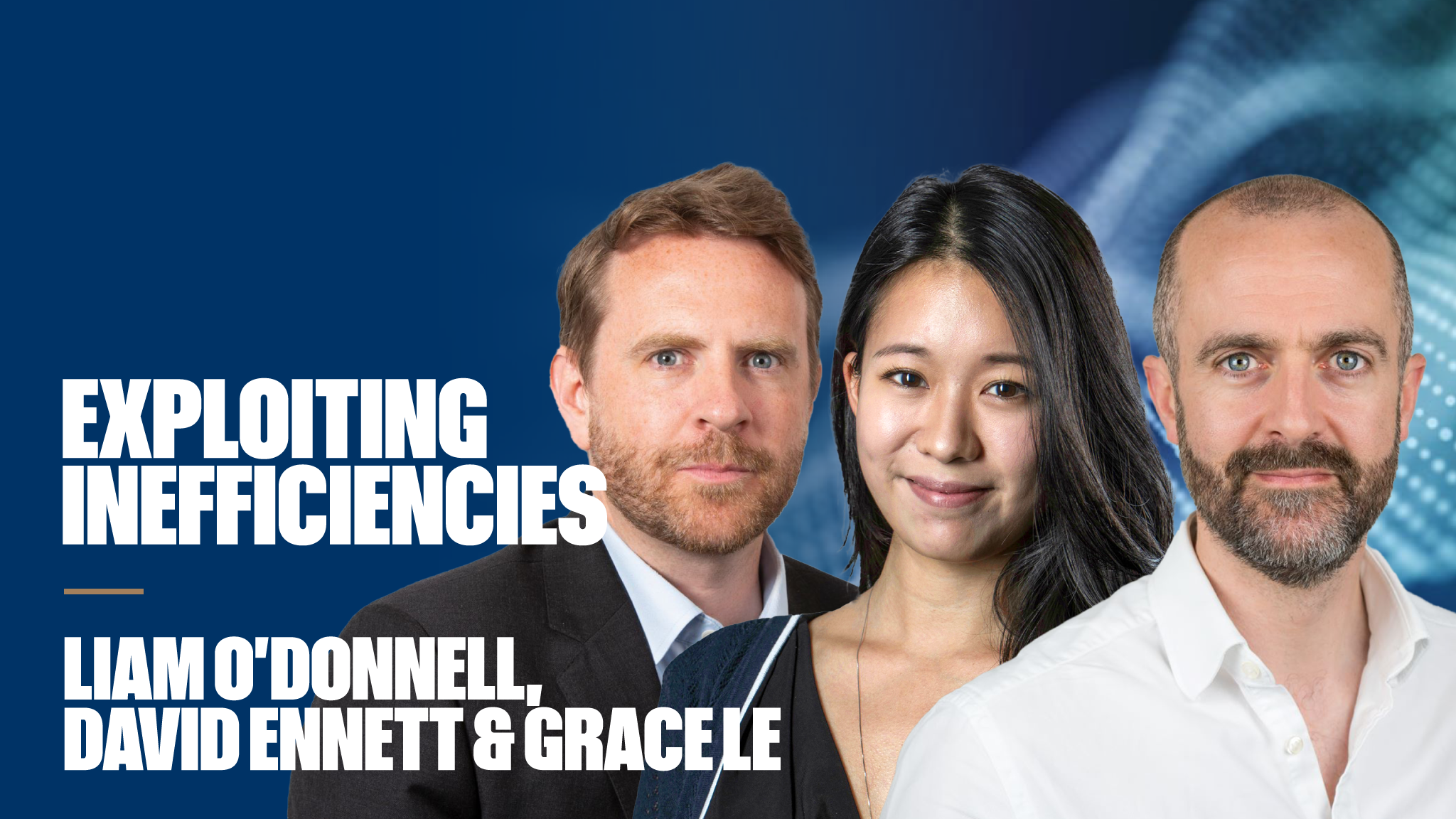At present the risk / reward environment would appear to favour active investors, particularly those with a focus on value.
How active is active?
The ‘active vs. passive’ debate has run for many years and despite the clear ideological differences between the two approaches – both of which can add value depending on an investor’s specific objectives – a bugbear common to both is closet indexing; running an “active” fund and charging a higher active management fee but in reality offering an investment that simply clones the index.
The grievance isn’t new – the fund manager benefits at the expense of their clients who are arguably misled as to what the fund offers, it breeds a herd mentality which can create investment bubbles and the inefficient allocation of resources is detrimental to the wider economy – but despite the criticism, the practice remains surprisingly widespread.
So, how do you tell how active your ‘active’ manager actually is? A seldom used but useful gauge is the concept of active share which measures how much of a fund is invested differently to its benchmark. An index tracker, for example, should have zero active share while a fund that invests solely in off-benchmark stocks will have an active share of 100%. According to its creators, Yale academics Antti Petajisto and Martijn Cremers, any fund with an active share below 60% is potentially a ‘closet indexer’. They examined 2,740 funds from 1980 – 2009 and found the only group who added value to investors were the most active stock pickers, who beat their benchmarks by an average 1.3% per year after fees.
Ironically, as more funds seek to replicate the benchmark, either explicitly with the growth of ETFs or secretly via closet indexing, so opportunities increase for truly active managers to exploit the market inefficiencies it creates.
Excess return can be generated from a range of sources. We usually start by looking for companies that are unpopular, under-researched and undervalued, many of which are often under-represented in the index. Portfolio sizing is also a key source of excess return, which requires having both the conviction and a sufficiently broad mandate to weight high conviction ideas much differently from their index representation.
A preference for protection
Given current stock market levels, particularly in many developed markets, the risk for equity investors would appear to be more on the downside than the upside and passive investors are most exposed to any market correction. Good stock selection of conservatively valued companies can offer a margin of safety from large share price falls.
Downside protection can be further bolstered by investing in preference shares, which often trade at a discount to a company's ordinary shares but give shareholders certain rights including that of protected dividends, and which are typically under-represented in an index.
Our preference shares in companies such as Hyundai Motor and Samsung Electronics have been among the best performers both last year and so far in 2014, and they currently represent the largest conviction ideas in the fund.
true
Despite their recent gains, Hyundai Motor’s preference shares still trade at a 46% discount to the company’s ordinary shares, which themselves trade at a 38% discount to the current sector average. This represents outstanding value and offers investors both upside potential given the company’s strong growth prospects and downside protection from any future disappointments.
For investors the key to generating the best risk-adjusted returns is often to go looking for the companies that aren’t part of the mainstream. Often this requires additional research, courage and patience but the potential rewards can be significant.









